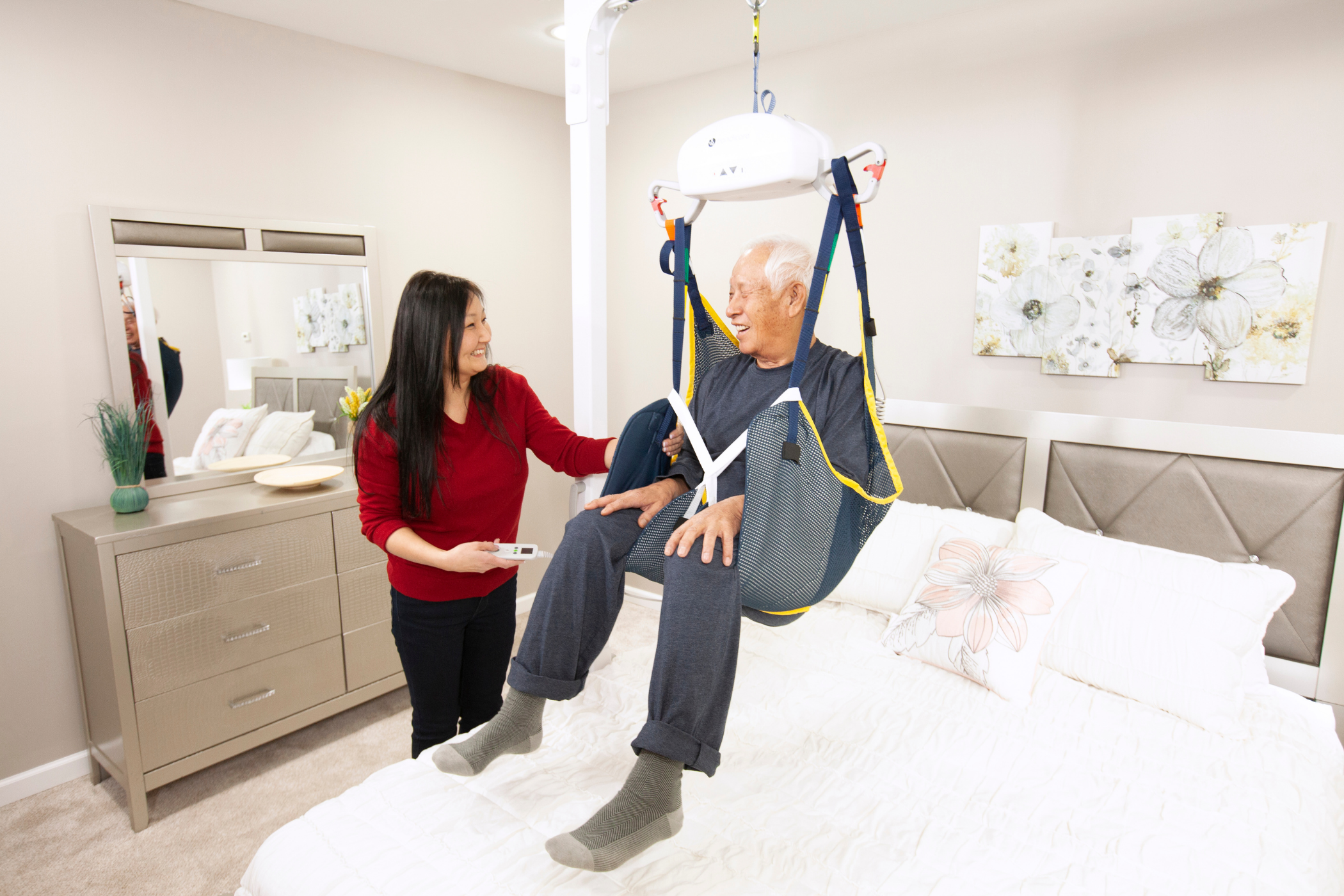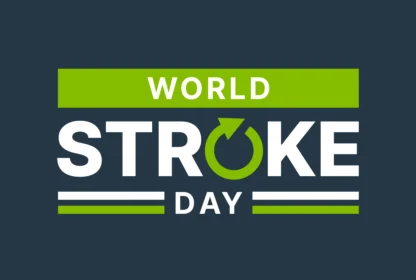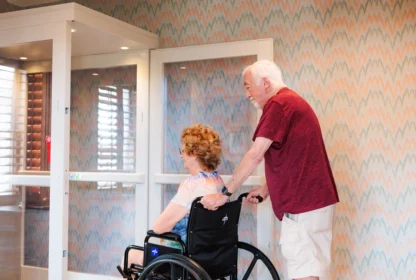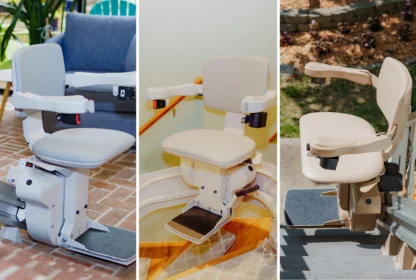
101 Mobility Rochester owner and operator, Miguel Millan, has firsthand experience in safe patient handling and worked as an ambulance medic prior to opening 101 Mobility Rochester. After years of traveling from hospital to hospital and using both excellent and inadequate patient lift equipment, Miguel thoroughly recognizes the importance of safe patient handling (SPH). Miguel has a few tips below to help you develop the right SPH program for your facility or home.
TIP #1: Affordability – Too many homeowners and facilities believe that mechanical lifts are not affordable.
According to the Bureau of Labor Statistics (BLS), caregiving professionals suffer more than 200,000 patient-handling injuries every year, and the workers’ compensation costs related to those injuries amount to nearly $1 billion annually. The Centers for Disease Control (CDC) reports that the single greatest cause behind musculoskeletal disorders — such as carpal tunnel and back strain — in healthcare workers is the manual moving and repositioning of patients, residents, or clients. Whether care providers are lifting a pediatric patient or a morbidly obese patient, risks of accidental injury for both the patient and care provider are present. In comparison to the life-long monetary costs and quality of life costs associated with back and other accidental injuries caused by improper patient lifting, mechanical lifts offer an incredible investment.
Depending on the laws in your state, tax incentives or grants may be available. For example, a 2010 Washington state law, made certain acute-care hospitals eligible to receive a tax deduction of $1,000 for every specialized acute care bed as part of the state’s Hospital Safe Patient Handling Law.
TIP #2: Use the proper lifting solution.
Find a team with the experience and knowledge necessary to help your facility develop an SPH program that can significantly decrease accidental injuries for both caregivers and patients. With a reliable safe patient handling program in place, patients can focus on their well-being, rather than their fears of falling or experiencing skin tears.
Below is a chart created by the American Nursing Association to demonstrate ways that caregivers can avoid back injury by following proper SPH protocols:
101 Mobility’s an extensive selection of hospital lifts is hand-picked to ensure safe and secure solutions that will address the dependency levels of patients and efficiency needs of staff. 101 Mobility will send a professional service technician to evaluate your facility and recommend the low-maintenance, durable, and ADA-compliant lifting solutions that are appropriate for the tasks at hand.
TIP #3: Train, Evaluate, and then Re-evaluate!
101 Mobility will provide training post-installation for staff members. Immediately after installation, a service technician will ensure top working order, then proceed to explain the patient lift or support aid’s instructions for use. The guidebook is always left with the facility, and a 101 Mobility technician will be available to perform any needed maintenance throughout the life of the product, as well as answer any questions that may arise.
- Create an ergonomics committee of representatives from management, front-line caregivers, purchasing representatives, and risk management executives. Use this group to establish, implement, and monitor your new SPH program for efficiencies and deficiencies.
- Survey the direct caregivers who are using the patient lift and support aid equipment. This will help you ensure proper use.
- Provide comprehensive training for all staff on any new policies or equipment being implemented. Make sure that any new hires or care providers switching assignments within the facility are kept up to speed.
- Keep detailed records of patient and care provider injuries; routinely analyze this information to make sure your new SPH is effective.
For more innovative steps to take toward developing an SPH program, refer to this brochure from the American Nurses Association.
To discuss your SPH equipment options and schedule an on-site evaluation with a professional accessibility expert, please contact your local 101 Mobility team today.


